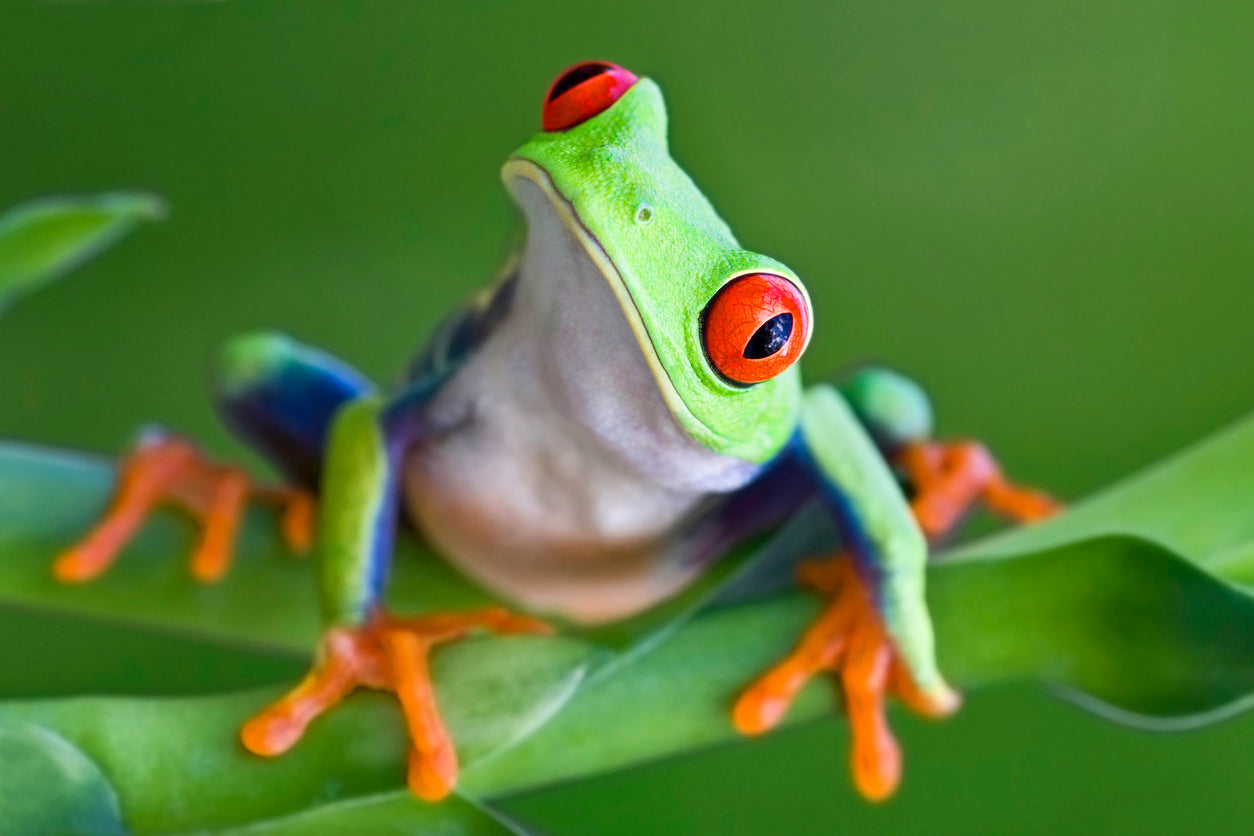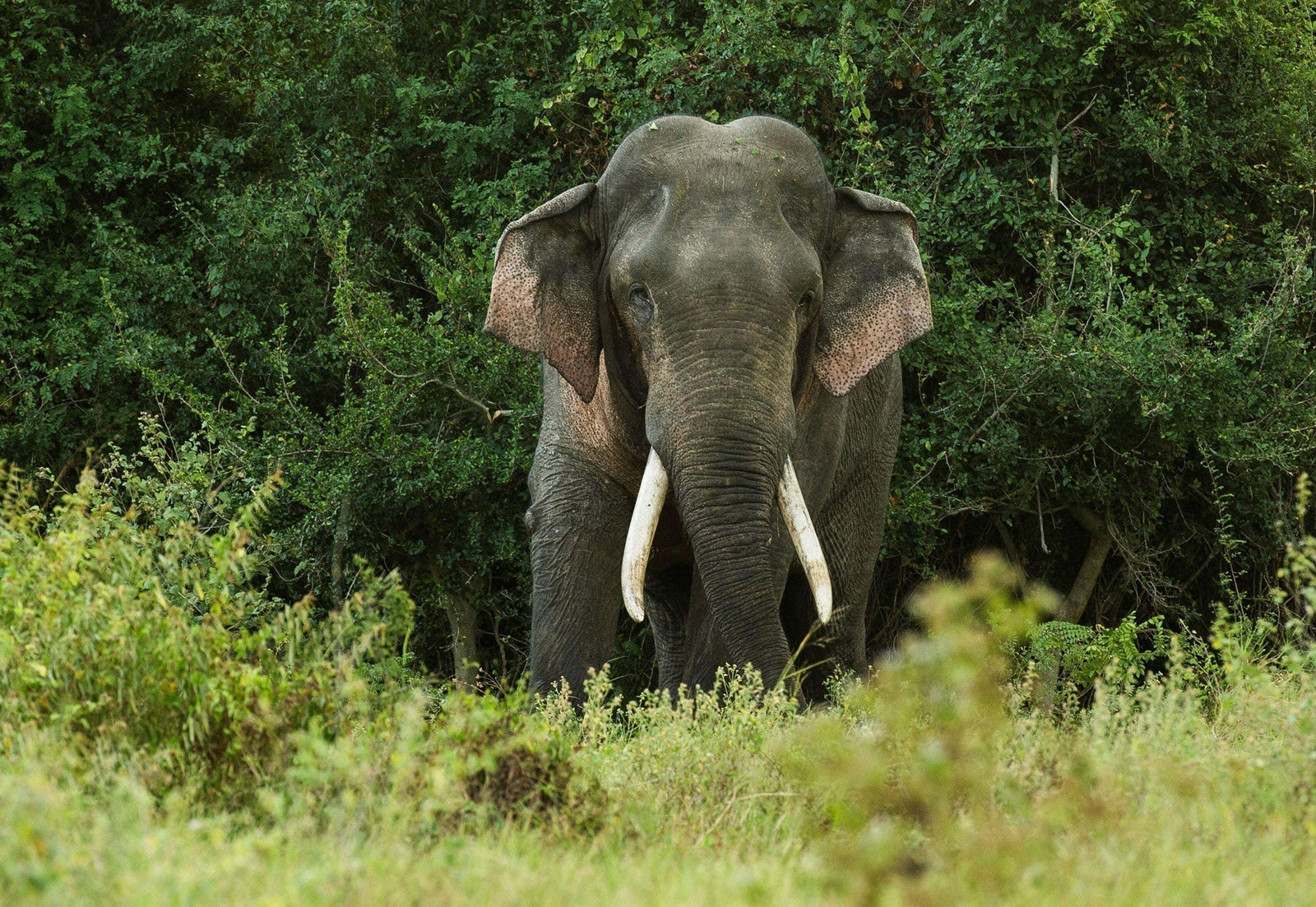Your Cart is Empty
Frogs have permeable skin, which means liquids and gases can pass through it, including water, so they don’t need to drink it. Although this sounds cool, there is a downside to having permeable skin. It puts frogs at great risk of absorbing pollutants that are in the water and air. They can also get easily dehydrated if they’re away from water for too long. So when you’re bathing in the heat in your garden during a warm summer's day, don’t forget about your froggy friends and make some water available.

2. They were valued by Egyptians
 In ancient Egypt the frog was the symbol of life, water, fertility and renewal. In Egyptian mythology, Heqet, the goddess of fertility, often appeared as a woman with the head of a frog. Egyptian women looked to her for protection during pregnancy and childbirth, and wore talismans with her image.
In ancient Egypt the frog was the symbol of life, water, fertility and renewal. In Egyptian mythology, Heqet, the goddess of fertility, often appeared as a woman with the head of a frog. Egyptian women looked to her for protection during pregnancy and childbirth, and wore talismans with her image.
3. Some frogs are transparent
The translucent belly of the glass frog reveals its heart, intestines and liver. The rest of its body is usually bright or olive green and can be covered with black, white, blue or green spots. Residents to Central and Southern America, there are over 60 different species of glass frogs. They spend their whole lives in trees, only coming to the ground to mate. Scientists suggest that their translucent skin is a camouflage technique, helping to prevent predators from spotting them. They can live up to 14 years in the wild.

4. A species of frog breaks its own bones to produce claws
 The Cameroon frog is a bizarre creature. It has cat-like extendable claws that can break its own bones in order to puncture their way out of the frog’s toe pad as a weapon. The frog’s flesh can also heal itself after the talons puncture the skin. Talons that burst from hands and regenerative powers– sounds like Wolverine, don’t you think? Males of the species also produce long hair-like strands of skin and arteries when they breed. These hairs allow them to take in more oxygen through their skin while they take care of their babies.
The Cameroon frog is a bizarre creature. It has cat-like extendable claws that can break its own bones in order to puncture their way out of the frog’s toe pad as a weapon. The frog’s flesh can also heal itself after the talons puncture the skin. Talons that burst from hands and regenerative powers– sounds like Wolverine, don’t you think? Males of the species also produce long hair-like strands of skin and arteries when they breed. These hairs allow them to take in more oxygen through their skin while they take care of their babies.
5. They never stop changing
A frog goes through a tremendous amount of changes from a tadpole to an adult. And just when you think that a frog’s life cycle is complete, it keeps evolving. The tadpole’s horny teeth, once used to tear up plants, disappear and are replaced with tongue muscles to catch insects. The tadpole’s large intestine, important for digesting algae and plants, shrinks to suit the frog’s meaty diet!

Comments will be approved before showing up.
Can Fake Tusks Help Save Real Animals? Synthetic ivory – a man-made material that looks and feels like real tusk – is sparking big conservation questions. Could it stop poaching and protect elephants, or might it make ivory seem more acceptable again? We've put together the facts below – and we're a...
Our Springtime Scavenger Hunt competition, featured in March's Secrets of the Sands issue, brought in a burst of colour, creativity and curiosity! From blossom hunts and frog-filled ponds to bees buzzing in crocuses and brilliant nature poems, your entries captured the magic of the season in so many wonderful ways. Thank you to everyone who took part – we were amazed by your discoveries and loved seeing spring through your eyes.
Our Animal Besties writing contest from the 'Nature's Best Buddies' issue brought in a flood of heartwarming, imaginative and often hilarious tales of unexpected friendships. From swans befriending capybaras to chickens bonding with foxes, your entries were full of surprise, kindness and creativity....



